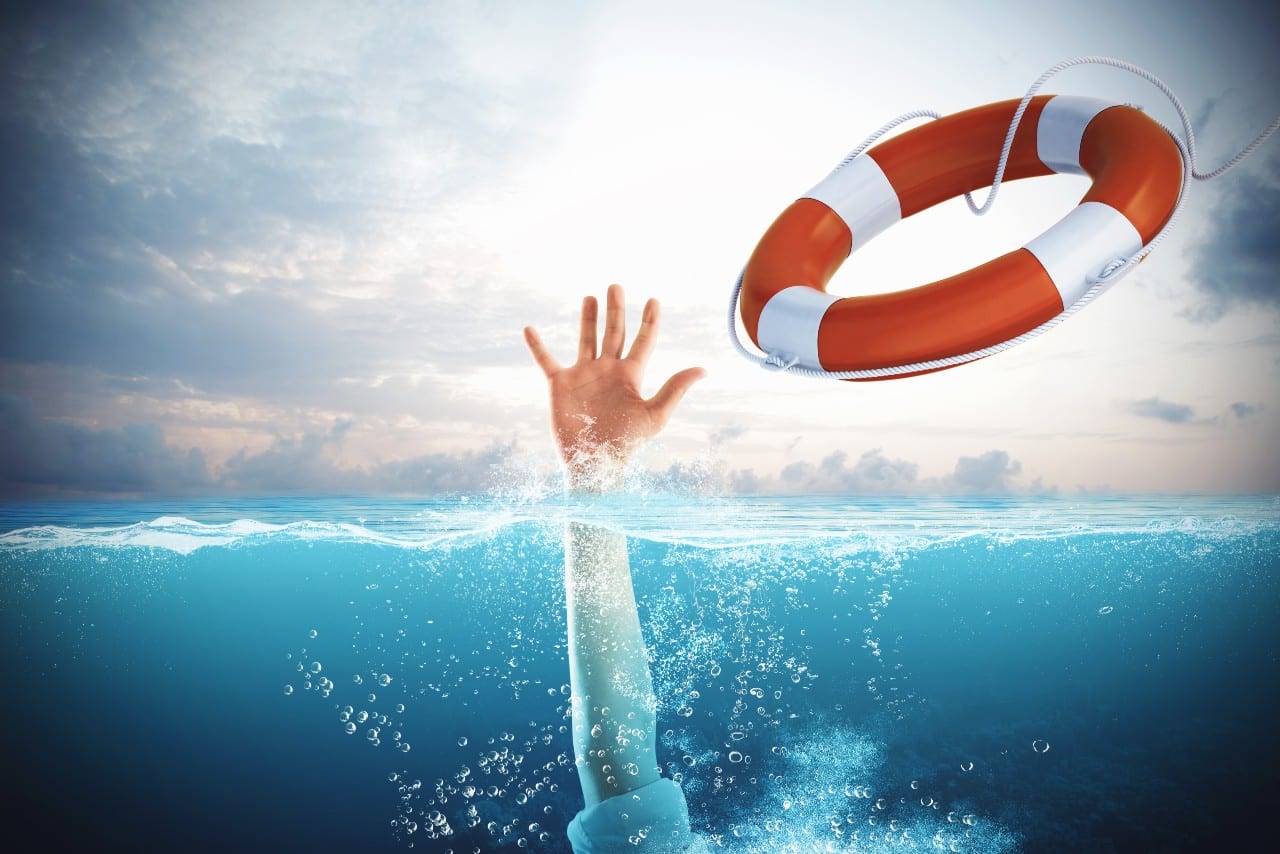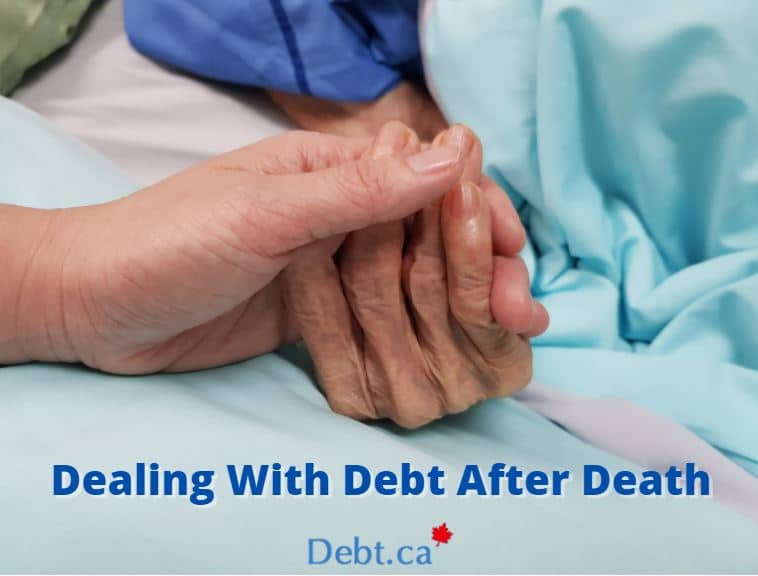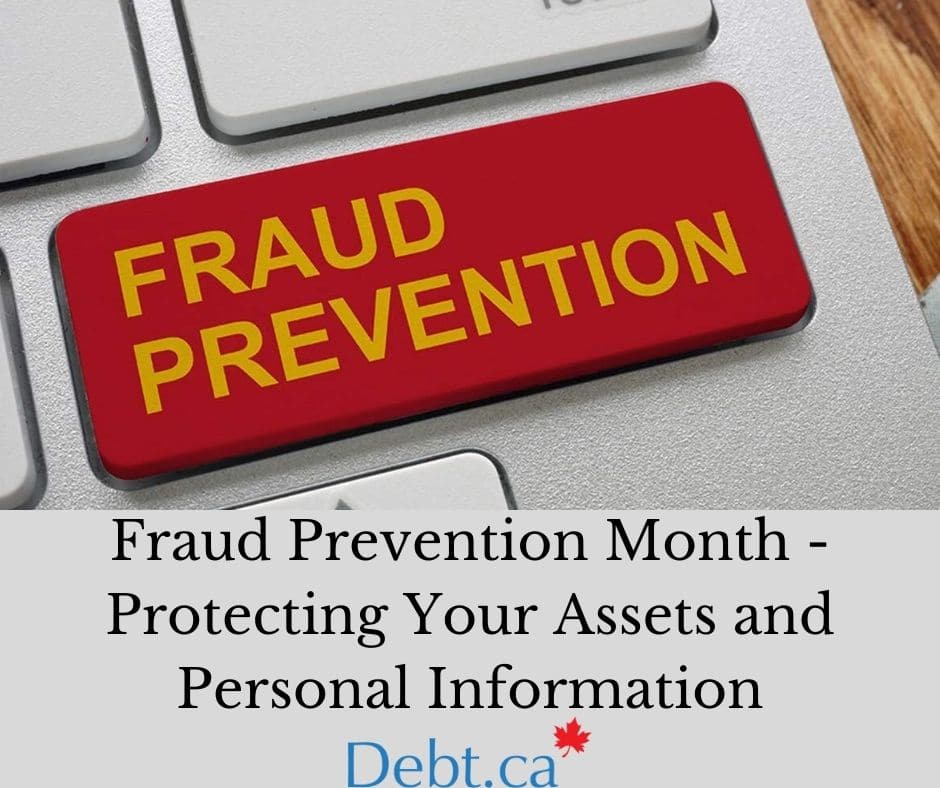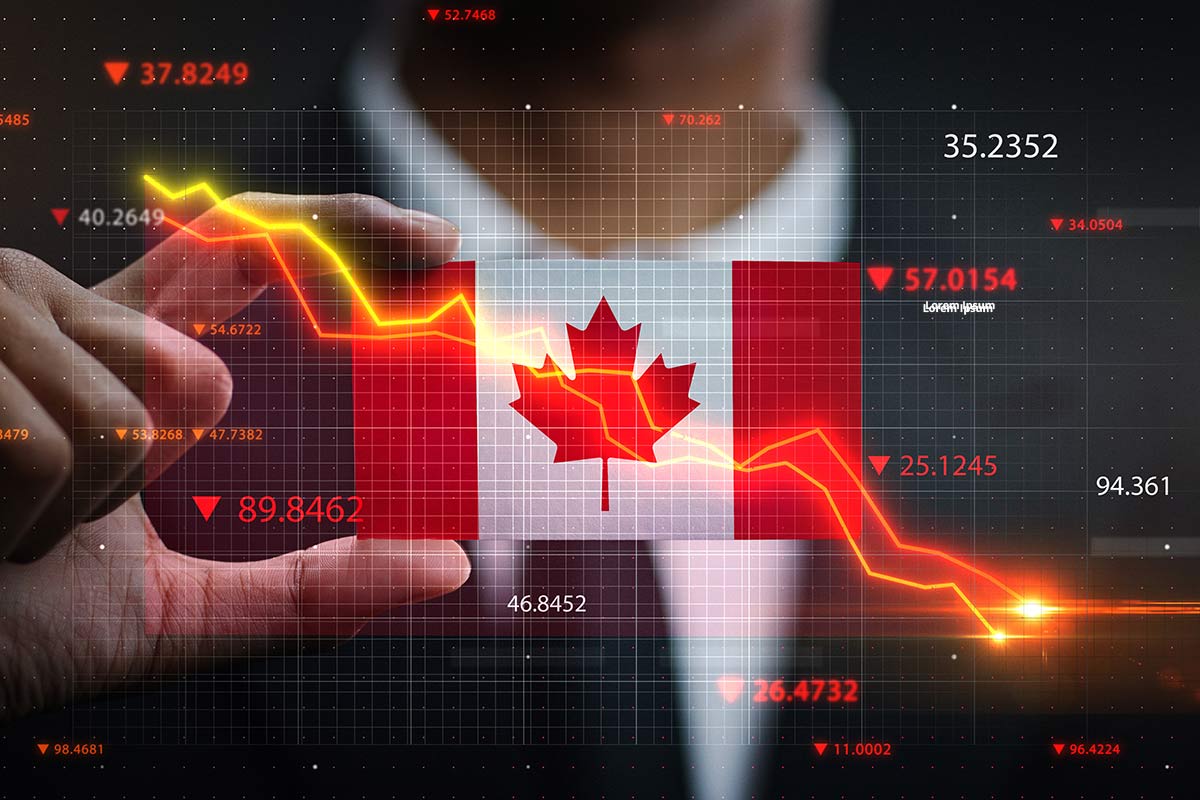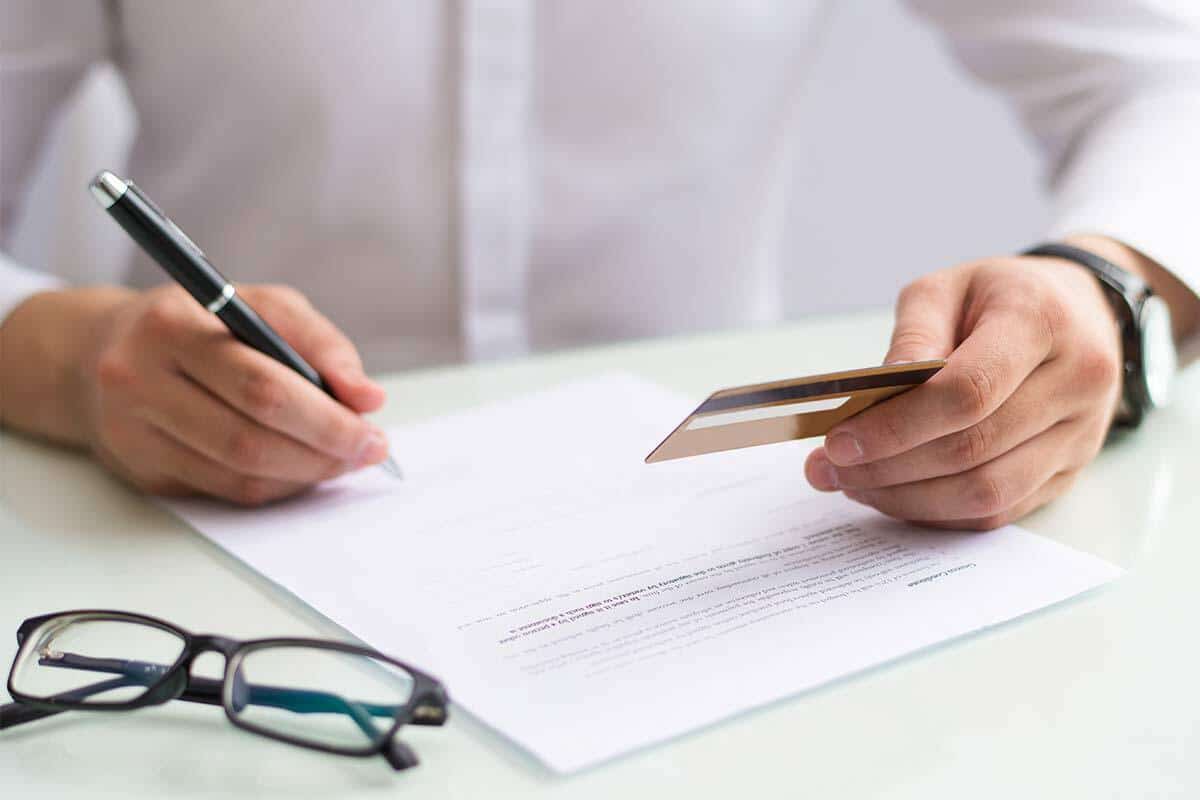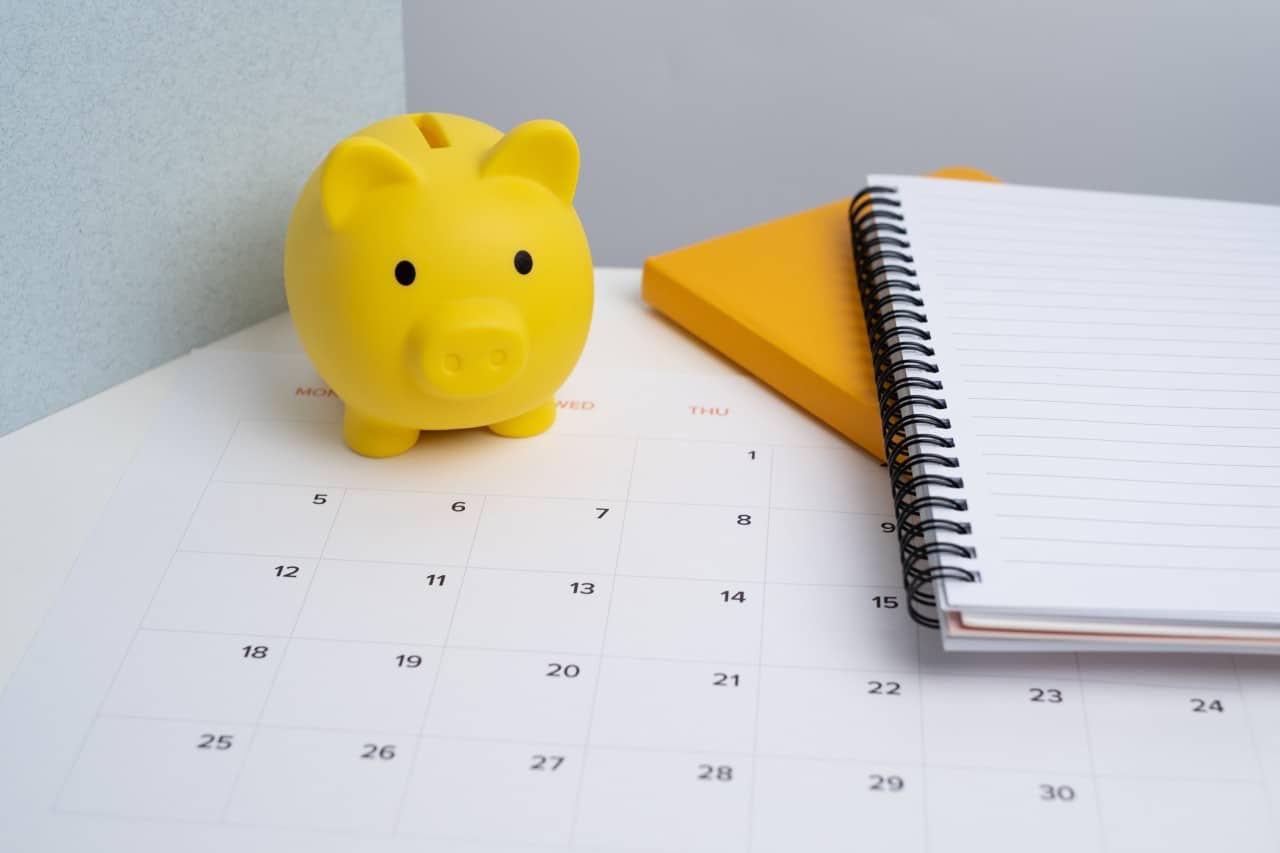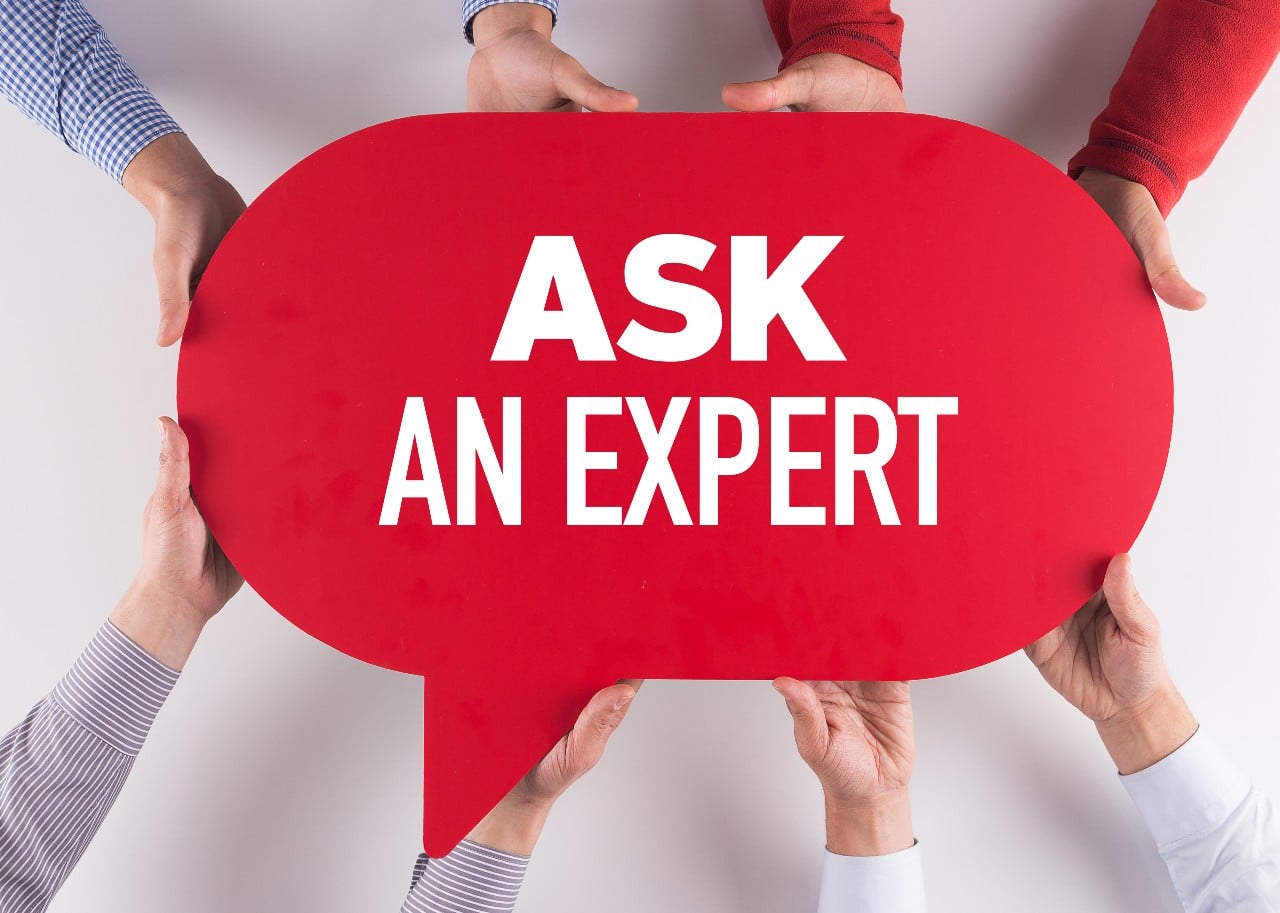When it comes to your finances, it’s always a good idea to prepare for the worst possible situation. Emergencies happen every day—you never know when a crisis may strike. That’s why having an emergency finance kit ready and updated is a critical part of your financial plan.
Here’s everything you should know about creating an emergency personal finance kit.
What is an Emergency Personal Finance Kit?
An emergency personal finance kit is a collection of critical documents and information. This information can be accessed in case of an unexpected financial crisis, natural disaster, or medical emergency. This kit contains essential documents, such as insurance policies, financial account information, and legal documents. These documents can be used to prove your identity and help navigate financial obligations during a difficult time.
What to Include in Your it?
A fleshed-out emergency personal finance kit should include the following:
Insurance Policies
Keep a copy of all your insurance policies, including health, life, car, and home insurance, in your kit. This will help you access your coverage details and make claims in case of an emergency.
Financial Account Information
Keep a list of all your bank accounts, credit cards, investments, and other financial assets. You should also have their account numbers, contact information, and login credentials. This will help you access your funds and manage your personal finances from anywhere.
Legal Documents
Keep a copy of your will, power of attorney, and any other legal documents you may need to access in the short term during an emergency.
Identification Documents
Keep a copy of your passport, driver’s license, Social Insurance Card, birth certificate and any other identification documents. You never know when you may need to prove your identity to access your finances.
Cash
Keep some cash in your kit to help you cover your immediate expenses during an emergency. We’re leaning so far toward a cashless society, that we underestimate the importance of cash until we need it during an emergency. Remember, even a simple power outage can mean your cards can’t be processed.
Tips for Organizing Your Kit
Make sure to organize your emergency personal finance kit so it is easy to use and accessible. Use a container that is waterproof and fireproof to protect your documents from any damage. Label your documents clearly and keep them organized in folders to make it easy to find what you need. It’s a good idea to make copies of your documents and keep them in a safe place outside of your home, such as a safe deposit box, or with a trusted family member.
You should also keep a digital backup of your documents in secure cloud storage, or on an external hard drive so you can access them from anywhere. Check and update your kit often to ensure that all your information is accurate and up-to-date.
Where to Keep Your Kit
Store your emergency personal finance kit in a secure and accessible location. Consider one or more of the following options (having more than one kit ensures if something happens to one, the other will still be available):
Safe Deposit Box
Keep your kit in a safe deposit box at a bank or credit union. This is a truly safe and secure option, but it will not be as easily accessible as other options when you need it most—during an emergency.
Home Safe
Store your kit in a fireproof and waterproof safe at home. This is a convenient option for yourself and your loved ones, but it will be less secure should a burglary occur.
Digital Storage
Have a digital backup of your kit on a secure cloud storage service or an external hard drive. This is a convenient and easily accessible option, but it may not be as secure due to the potential of cyber attacks.
Consider Who Should Have Access to Your Kit
Your kit contains sensitive information, so it’s important to consider who should be allowed access. If you worry about others having access, you can choose to keep your kit confidential. As long as you place it somewhere secure in the home—your estate will be able to find it eventually.
A good idea is to share it with a trusted family member or friend. They can access it on your behalf in case you’re unable to do so. For example, a medical emergency. It’s also smart to provide your financial advisor with access. They can help you if your family is no longer around.
Check Your Kit Regularly to See if it Needs Updating
It’s important to update your emergency personal finance kit regularly. Doing so ensures that all your information is still accurate. Set a reminder to check and update your kit every six months, or at the very least, annually. Review all the documents in your kit and ensure that they’re still relevant. Whenever your information changes, such as contact information or insurance, update your kit as soon as possible.
Conclusion
It’s important to remember that an emergency personal finance kit is an essential tool—particularly as you age. Such a kit can help you manage your personal finances during any unexpected event. Organizing all your priority documents and information into a kit ensures you and your family are prepared for a crisis. The key is not to forget about it. Keeping your kit up-to-date and accurate is as important as creating one in the first place. It’s of no use to anyone if your documents are all out of date.
Have you faced a financial emergency and now struggle with debt? Our trained Credit Cousellors are here to help. Get in touch today to get started!
